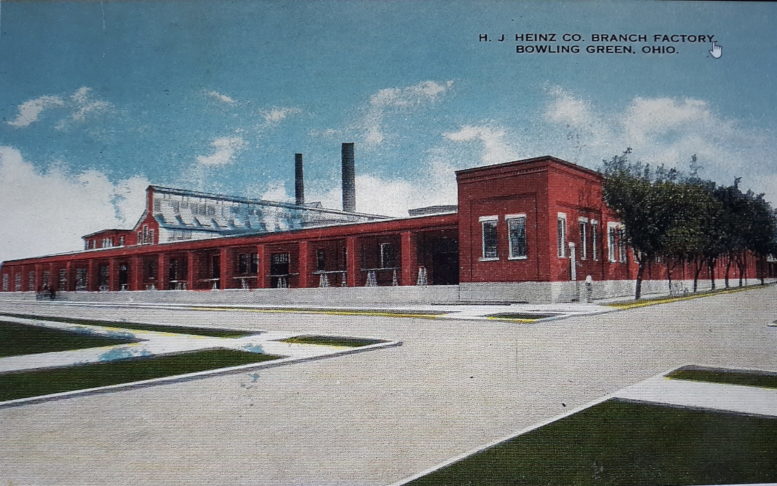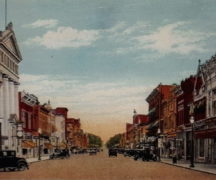By JAN LARSON McLAUGHLIN
BG Independent News
After getting City Council’s blessing earlier this year, the Bowling Green Historic Preservation Commission now wants to get citizens on board.
During a meeting last week, commission members discussed how they might be able to get residents interested in saving bits of history in their city. In addition to enlisting the help of local history experts, the commission talked about establishing a Friends of Historic Preservation group, made up of volunteers who have an interest in local history.
“I don’t know how many people there are out there, but there might be a fair number who would be willing to be a member of such a group,” said John Sampen, chairperson of the commission.
“The friends could be just any member of the city who is interested in it,” said commission member Les Barber.
“I think it’s a good idea,” said commission member Wil Roudebush.
The volunteers plus the local history experts from the library and county historical society could play roles in creating an inventory of historically significant structures in Bowling Green.
The goal of the historic preservation plan is to help the city retain historically significant buildings. It is hoped the ordinance will slow the cultural decline experienced in the older housing stock in the last few decades.
Some historic homes are losing the battle against time and rental transformation. The plan requires property owners in designated historic districts to meet standards when making substantive changes to the exterior of buildings. There would be no rules for the interior of structures.
There are at least 78 cities in Ohio with historic preservation ordinances – including every other university community in the state.
The commission has made strides to establish historic districts to include the Wood County Courthouse, significant buildings at BGSU, the city police building on West Wooster Street, the old post office on North Main Street, and Needle Hall in City Park.
While some structures in the downtown and “Boomtown” areas of Bowling Green are clearly historically significant, some sites are less obvious.
For example, some of the small homes along North Enterprise Street were built to house employees of the Heinz ketchup plant, built in 1914, which was a major employer in the city. At one time, the Heinz plant in Bowling Green was reportedly the largest tomato ketchup factory in the world, setting a record in 1948 for the most ketchup processed in one day.
The Heinz plant, which stretched over several acres on North Enterprise Street, closed in 1975 and was destroyed by fire in 1980. But some of the houses built for employees remain.
Those structures are also historically significant, Barber said.
“I think, in the mind of the average citizen, they are thinking of grand buildings, and we are thinking something different than that,” Barber said. “But it’s going to be difficult to convince the public at large.”
Roudebush suggested that the historic preservation commission look into erecting historical markers to educate local residents and visitors about significant sites. One such site could be the former Ohio National Guard Armory, which was built in 1910 and housed classes for some of the first students of BGSU, formerly called Bowling Green State Normal College.
The armory, at the southeast corner of East Wooster Street and South Prospect Street, was demolished to make room for the CVS store.
Plaques could be posted at a “sprinkling of historical sites around the city,” Roudebush said.
“It’s a way of moving the city forward to an understanding of the importance of historic preservation,” Barber said.
Heather Sayler, the city’s planning director, noted that some communities benefit from such historic markers that actually attract visitors with interest in history. She mentioned the markers in downtown Perrysburg as an example.
Sampen agreed.
“I know when I travel, everytime I go to a big or small town, I want to know about the history,” he said.
“Right now, I’m not sure anyone coming to Bowling Green could find out that information very quickly,” Sampen said. “We need to help correct that.”


